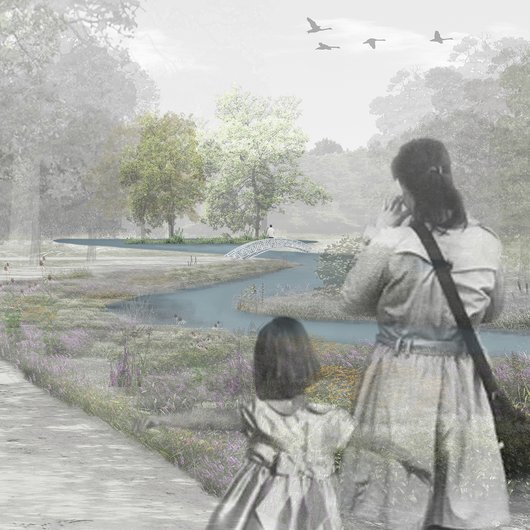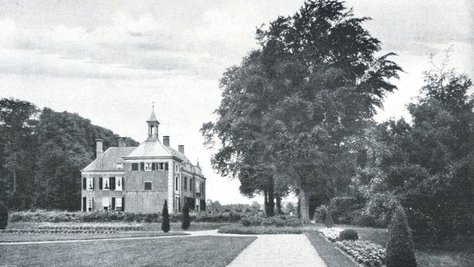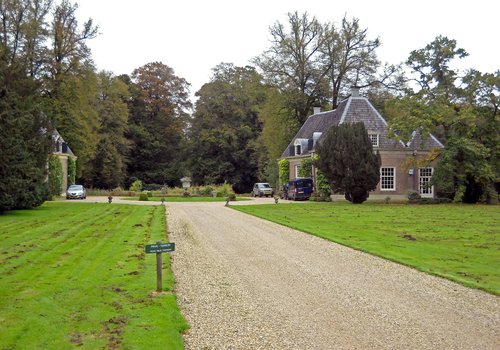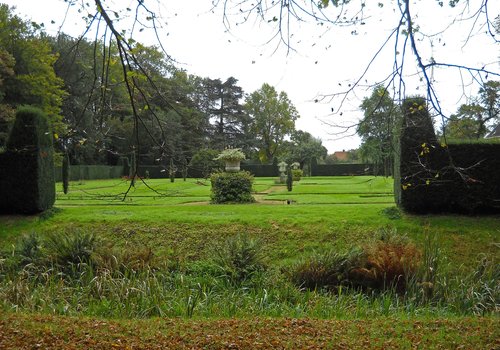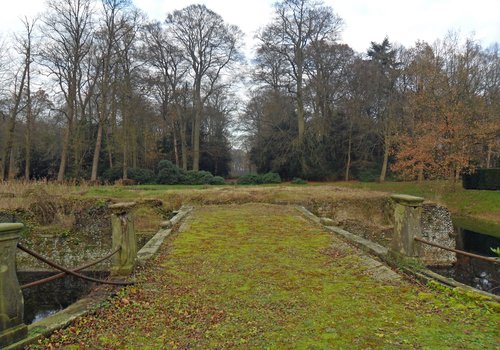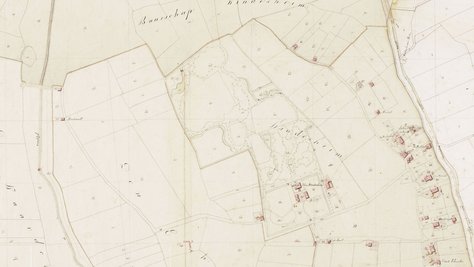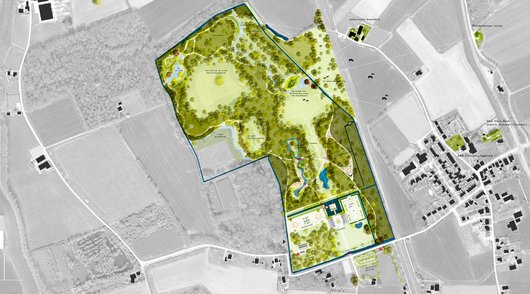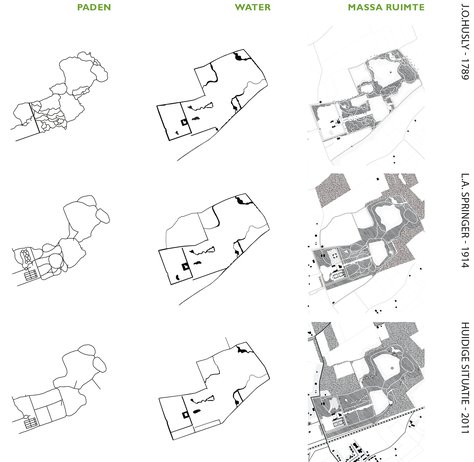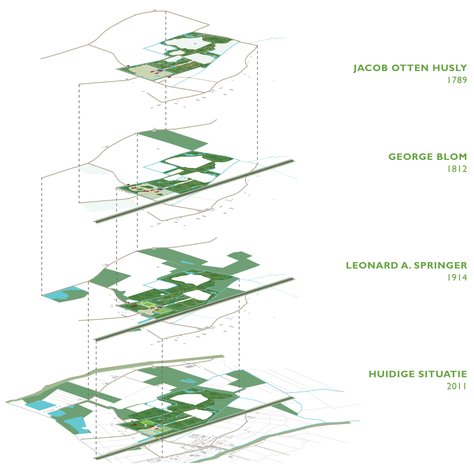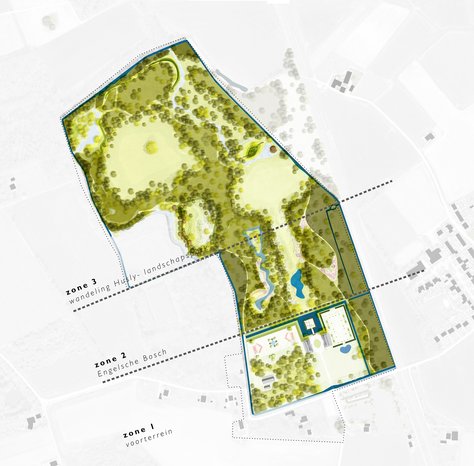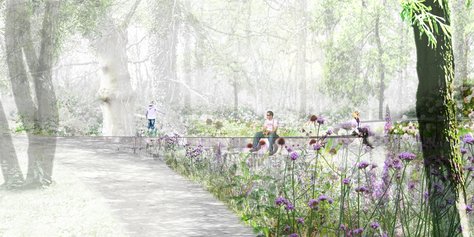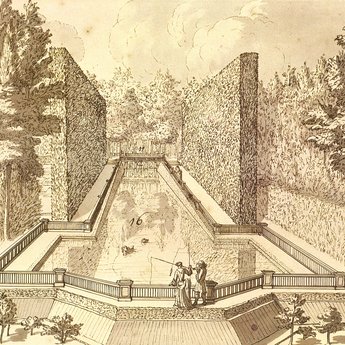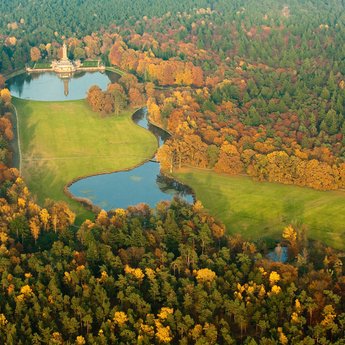Approach
The Windsheim Foundation wishes to carry out a number of practical improvements to the estate. In this vein, H+N+S has drawn up a vision for the historical garden and park area (about 30 hectares). This plan represents a long-term vision for the area, ensuring that any various, short-term sub-projects that are executed, will be appropriately aligned with this concept.
Plan outline
The creation of the plan took place over a number of stages. First, the foundational qualities of the site and wishes of the parties were canvassed. Then, an attempt was made to achieve coordination between the various sectional interests (history, experience, functionality, budget). Using this information, the contours of the outline plan were sketched in a first vision. In the last working phase, this vision was further developed and refined into manageable components for realisation.
